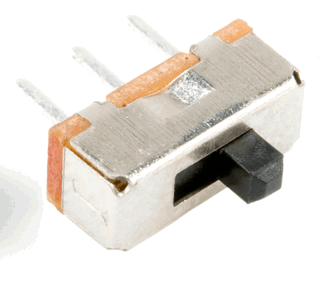Hardware
Motors
Having control over the speed of the micromouse is key to complete any task. This means that having control of the rotation of the DC motor will be paramount and to do this we will use Pulse Width Modulation (PWM). This means that the switch controlling the power to the motor is open for a certain period of time and then closed for another. Usually the switch will be open longer than it is closed and therefore the amount of power used will be on average, lower. Finding the balance is crucial, however, if the switch is open for too long then the micromouse will stall, on the other hand, if it is too high then the high reactance shown by the inductance of the motor coils will limit current flow.
This is an oscilloscope screen capture of our PWM signal showing the tachometer is analysing the speed of the wheels as they turn. This capture shows the switch speed operating at 260Hz which is between the advised region of 100 - 500Hz.
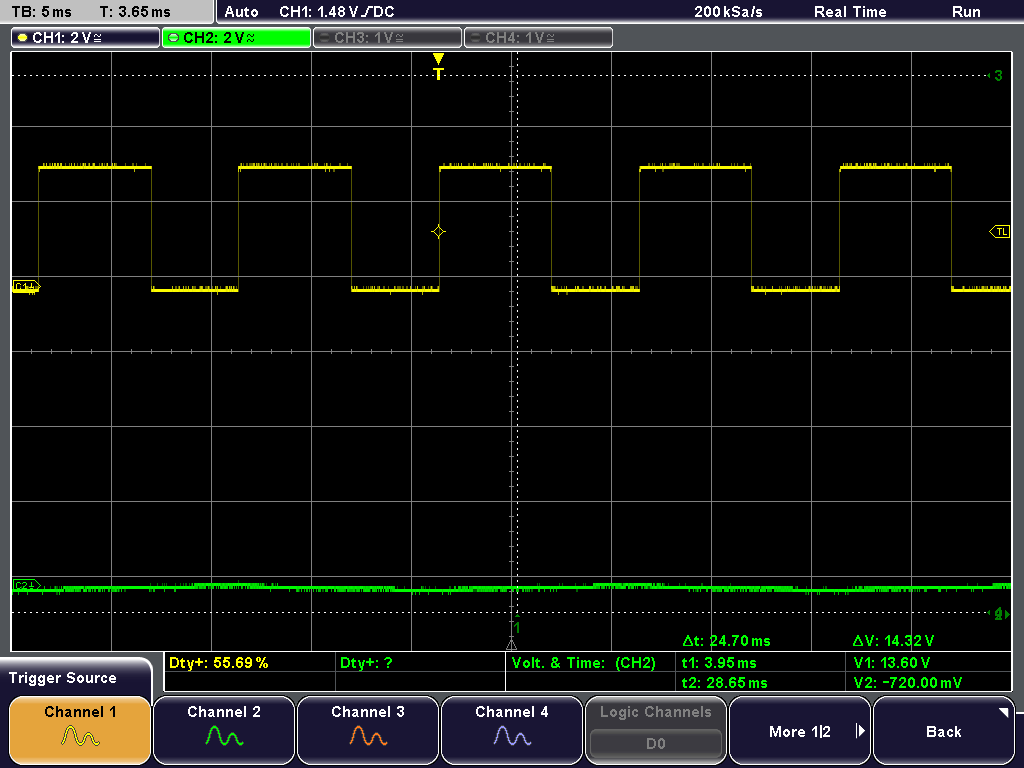
Chassis Design
The team decided to go for a basic chassis design without the addition of any fancy parts to keep the shell looking neat. The initial idea was to have a dome shell over the micromouse and attach googly eyes on the outside along with a bucket hat to go on top of the mouse for a more fun appearance. The LCD screen was to be fit in the front of the mouse to give it the appearance that the micromouse had a face, the LCD screen would also be coded so the mouth would show different expressions when the mouse was competing in combat or completing a task.
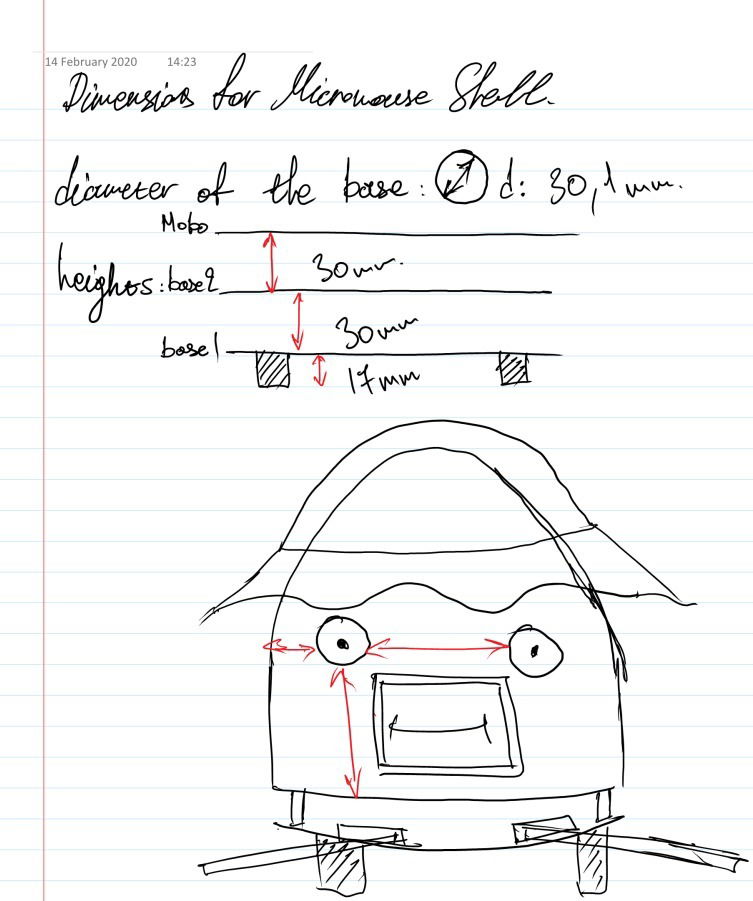
With further developments of the special feature came a second thought of the chassis, our initial design was altered. The first change was to move the LCD screen to the back of the mouse, our thinking behind this was down to the fact that because the screen was so low on the front of the mouse, the user would not be able to see the LCD screen and take notes of the altering temperature and humidity since this was now a new function that the mouse has obtained. The second change was to add two slots for the touchbars and IR sensors to slot into, the purpose for this was for easy access to the frontal components should something malfunction along with the less material used, the more sustainable the micromouse became. Our updated chassis was not able to be made however due to the closure of the labs but we were confident that it would have been an improvement on our initial design idea.
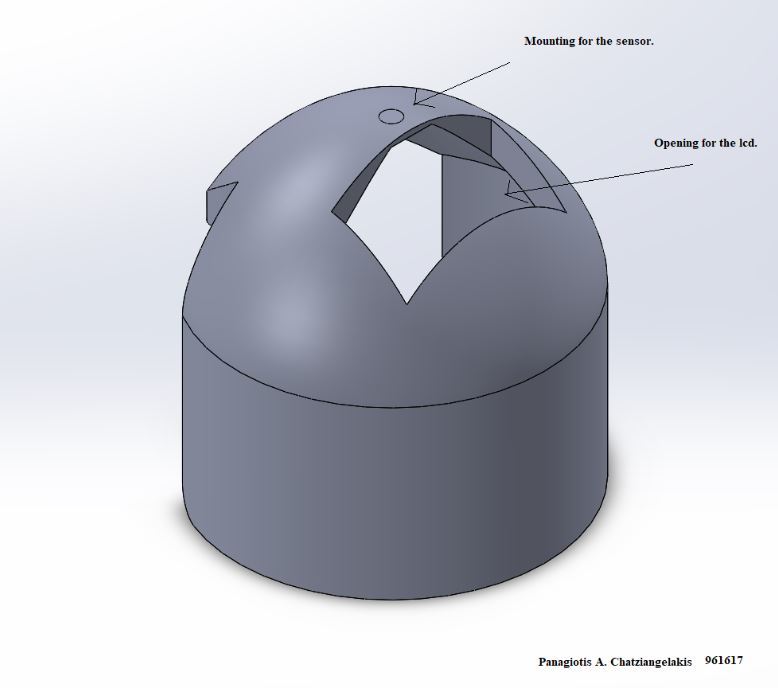
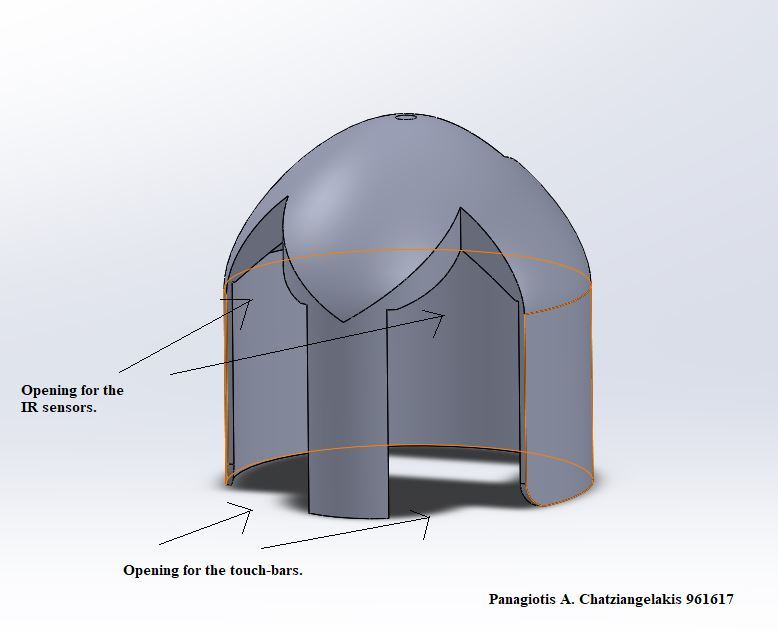
Mode switch
According to the requirements of obstacle avoidance, white-line following and battle mode in the construction of micromouse, one part is required to achieve mode switch.
It is a small integrated circuit that consists of three parts that can be made to close and open only, or a switch part that has three positions.
The group Lima chose the latter in order to write a more understandable and concise program, while also making the entire circuit simpler and easier to operate.
